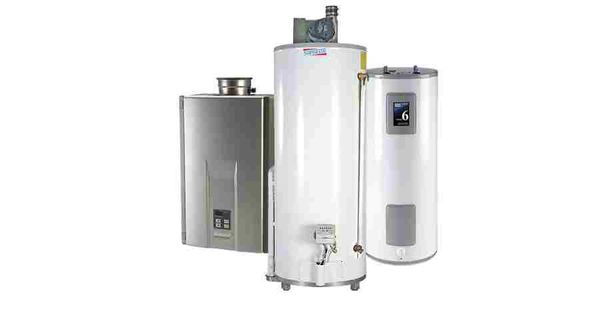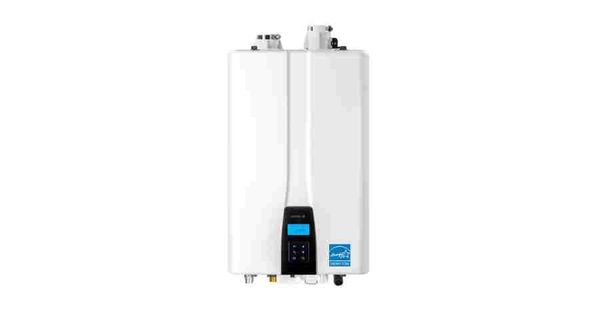Your water heater plays a crucial role in providing hot water for various household activities. However, many homeowners overlook the importance of routine maintenance, particularly when it comes to the often-overlooked component – the anode rod. In this blog post, we will explore the significance of anode rods, the role they play in water heater maintenance, and how timely replacement can extend the lifespan of your water heater.
Extending the Lifespan of Your Water Heater: A Guide to Anode Rod Replacement
Brandon Brown

Understanding the Anode Rod
The anode rod is a small but vital part of your water heater. It is typically made of aluminum, magnesium, or a combination of metals and is designed to sacrifice itself to protect the steel tank from corrosion. Essentially, it attracts corrosive elements in the water, preventing them from corroding the tank and ensuring the water heater functions efficiently

Why Anode Rods Matter
Water, especially in certain geographic areas, can contain minerals and other elements that accelerate the corrosion of the tank. The anode rod acts as a sacrificial lamb, attracting these corrosive elements and preventing them from damaging the tank. Over time, however, the anode rod becomes depleted, losing its effectiveness. If not replaced promptly, the tank itself becomes vulnerable to corrosion, leading to leaks, inefficiency, and ultimately, the premature failure of your water heater.
When to Replace the Anode Rod
Anode rod replacement is a preventative measure that should be taken before the rod is completely depleted. The recommended frequency for replacement varies depending on factors such as water hardness, the quality of the anode rod, and the frequency of use of the water heater. In general, checking the condition of the anode rod annually is a good practice. If the rod is visibly corroded, it's time for a replacement.

DIY Anode Rod Replacement
While some homeowners prefer to hire professionals for water heater maintenance, replacing the anode rod is a task that can be tackled as a DIY project. Here's a step-by-step guide:
Turn off the Power: For electric water heaters, turn off the circuit breaker. For gas water heaters, set the gas control knob to "Pilot."
Shut off the Water Supply: Close the cold water inlet valve to the water heater.
Drain the Tank: Connect a hose to the drain valve at the bottom of the tank and drain a few gallons of water to reduce pressure.
Locate the Anode Rod: The anode rod is typically located on the top of the water heater. It may be exposed or hidden under a cover.
Remove the Old Anode Rod: Use a ratchet and socket to loosen and remove the anode rod. If it's difficult to loosen, applying some penetrating oil can help.
Inspect and Replace: Examine the old anode rod for signs of corrosion. If it's worn down to the steel wire, it's time for a replacement. Install the new anode rod and tighten it securely.
Refill the Tank: Open the cold water inlet valve to refill the tank.
Turn the Power Back On: Restore power to the water heater by turning on the circuit breaker or setting the gas control knob to the desired temperature.
If you need help, Our Tulsa plumbers can make sure everything is on the up and up with your new water heater!.
Don’t Ignore theWater Heater Upgrades - Our Water Heater Experts can help!
Regular anode rod replacement is a simple yet effective way to extend the lifespan of your water heater. By taking this proactive measure, you not only ensure the continued efficiency of your appliance but also save money in the long run by avoiding costly repairs and premature replacements. So, don't overlook the importance of this small but mighty component – your water heater will thank you with years of reliable service. We are Available 24/7 for any emergencies that arise, we ensure swift, reliable, and cost-effective solutions to keep your home's plumbing system in perfect shape.
